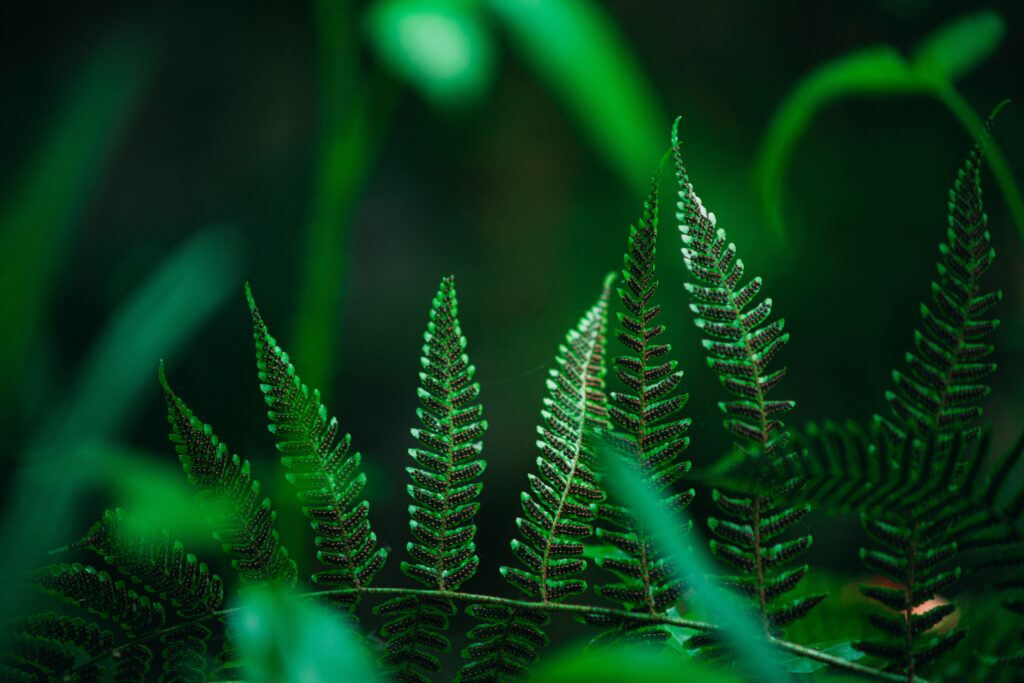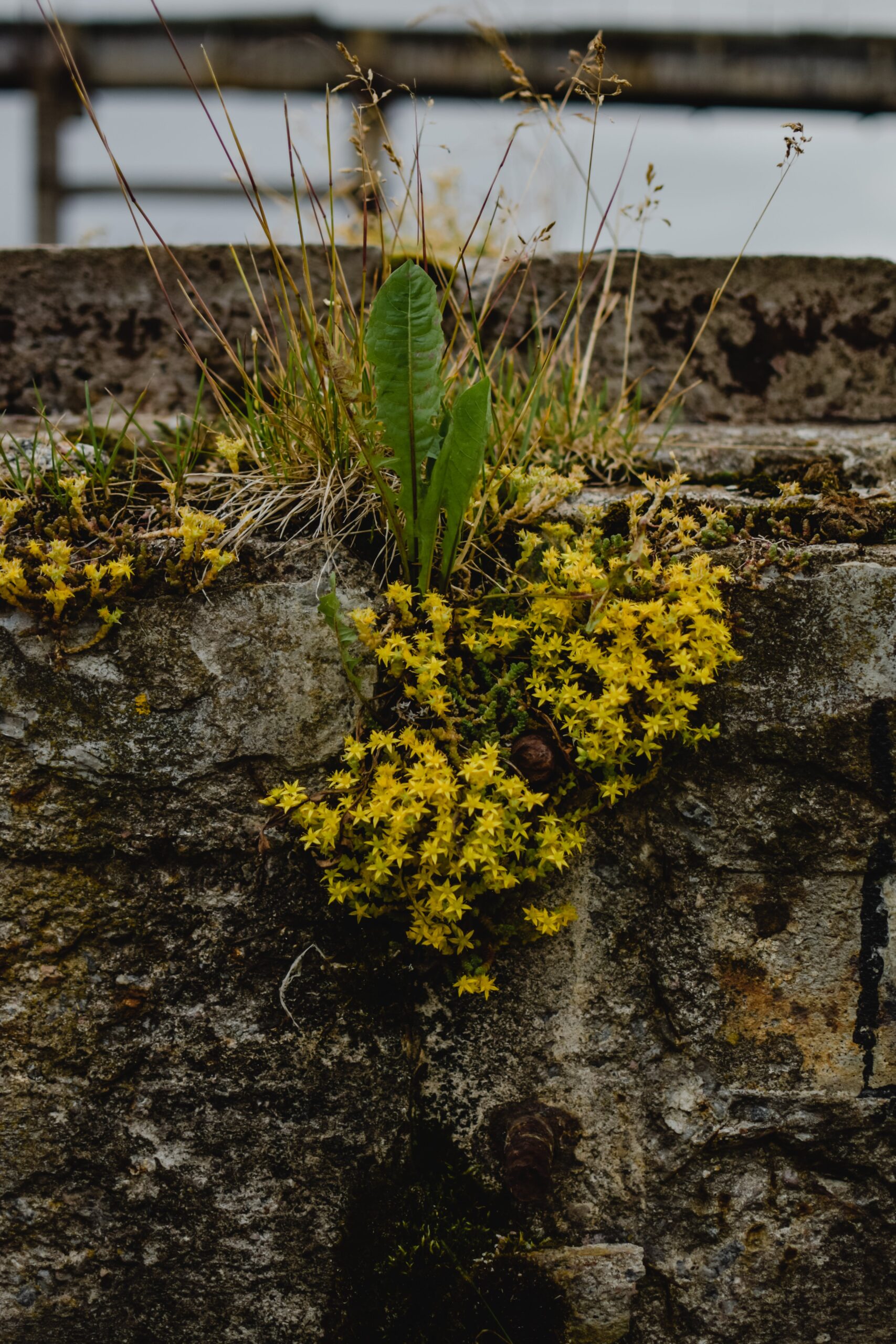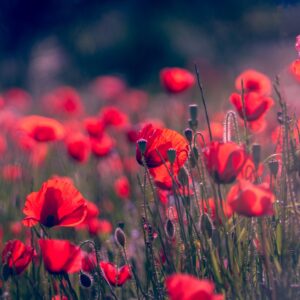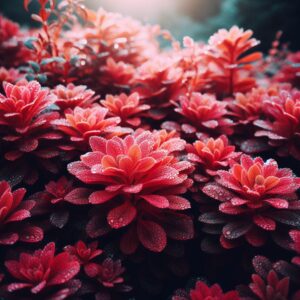Unearthing the Bounty of Nature: Discover the Power of Edible Wild Plants
Do you ever wonder about the hidden treasures that nature provides, right under our feet and amidst the lush wilderness? In a world filled with supermarkets and fast-food chains, the idea of foraging for food may seem like a relic of the past. But there’s a world of delicious, nutritious, and free ingredients waiting to be discovered in the form of edible wild plants.
In this comprehensive guide, we’ll delve into the fascinating world of edible wild plants. From dandelions to nettles, blackberries to chickweed, we’ll explore the bountiful offerings of nature and how to safely and sustainably incorporate them into your diet. So, join us as we embark on a journey to rediscover the natural larder, right at your doorstep.
1. The Art of Foraging
Before we delve into the world of edible wild plants, it’s essential to understand the art of foraging. In this section, we’ll cover the basics, including safety tips, tools you’ll need, and responsible foraging practices.
When it comes to foraging, it’s not just about finding food; it’s about connecting with nature. To do so effectively, you need to:
- Know Your Plants: Familiarize yourself with the plants in your area. Learn to identify them accurately, focusing on both the edible and toxic varieties.
- Forage Responsibly: Respect the environment and its inhabitants. Only take what you need, and do so without causing harm to the ecosystem.
- Safety First: Be certain of the plant’s identity before consuming it. Some edible plants have toxic look-alikes. When in doubt, don’t eat it.
Growing tomatoes? Sun, soil, and a little TLC, and you’re on your way to homegrown goodness.
2. Common Edible Wild Plants
Now, let’s explore some of the most common and delicious edible wild plants that you can find in the wild:
- Dandelion (Taraxacum officinale): Dandelion leaves are often used in salads, and the roots can be roasted to make a coffee substitute.
- Wild Garlic (Allium ursinum): Also known as ramps or ramsons, the leaves and bulbs have a mild garlic flavor and are used in various dishes.
- Nettles (Urtica dioica): Nettle leaves can be cooked or used in soups and teas after blanching to remove their stinging hairs.
- Purslane (Portulaca oleracea): Purslane is a succulent plant with a mild, slightly tangy flavor. It can be eaten fresh in salads or cooked as a side dish.
- Blackberry (Rubus fruticosus): Blackberry bushes produce delicious berries that can be eaten fresh or used in jams, pies, and other desserts.

3. Lesser-Known Treasures
Explore these less common edible wild plants, which offer unique flavors and culinary possibilities:
- Wild Strawberries (Fragaria vesca): These tiny, sweet strawberries are often found in wooded areas and can be enjoyed fresh.
- Cattails (Typha spp.): The young shoots, roots, and pollen of cattails are edible. The rootstocks can be processed to make a starchy flour.
- Chickweed (Stellaria media): Chickweed leaves are edible and have a mild, slightly nutty flavor. They can be used in salads or as a garnish.
- Plantain (Plantago major): The leaves of plantain can be eaten raw or cooked and are often used for their medicinal properties.
- Wild Asparagus (Asparagus officinalis): Wild asparagus can be found in various regions and is similar to cultivated asparagus in flavor and preparation.
- Elderberry (Sambucus spp.): Elderberries are used to make jams, jellies, and elderberry wine. They can also be cooked into pies.
- Wood Sorrel (Oxalis spp.): Wood sorrel has a tart, lemony flavor and can be used in salads or as a garnish.
- Pine (Pinus spp.): Pine nuts are edible and are often used in cooking. You can also make pine needle tea from the young, green needles.
4. Wild Mushrooms
While not technically plants, wild mushrooms are another intriguing part of foraging. Edible wild mushrooms like chanterelles, morels, and oyster mushrooms are highly sought after, but identifying them correctly is essential, as some wild mushrooms are toxic.
August’s warmth welcomes marigolds, zinnias, and petunias for vibrant summer blooms.

5. Foraging Safety and Ethics
Foraging responsibly is of utmost importance. In this section, we’ll dive deeper into safety practices and ethical considerations:
- Toxic Look-Alikes: Learn about plants that closely resemble edible ones but can be toxic. The importance of accurate identification cannot be overstated.
- Sustainability: Discuss the impact of foraging on the ecosystem and how to minimize any negative effects.
- Legality: Research the regulations in your area, as some places may have restrictions on foraging.
6. Culinary Adventures
Now that you’ve gathered your wild edibles, what can you create? In this section, we’ll explore culinary possibilities:
- Wild-Infused Cuisine: Discuss how to infuse your dishes with wild flavors, from salads to soups, and even herbal teas.
- Preservation Methods: Learn about drying, freezing, and canning to extend the shelf life of your foraged finds.

7. The Joy of Foraging
The act of foraging is not just about sustenance; it’s a way to connect with nature and learn about the environment. Share personal anecdotes or quotes from seasoned foragers to convey the joy of this practice.
July’s the time for planting sunflowers, cosmos, and impatiens, adding a burst of color to your garden.
Edible Wild Plants in Florida
Florida, with its diverse ecosystems and lush landscapes, is a haven for foragers seeking a rich array of edible wild plants. The state’s unique climate and geography provide an ideal habitat for a wide variety of wild edibles, from the verdant fronds of saw palmetto to the delicate beauty of Spanish needles. The Sunshine State’s bounty of edible wild plants offers both a flavorful journey and a connection with the natural world, making it a delightful destination for those eager to explore the tantalizing world of “edible wild plants in Florida.”
Edible Wild Plants in Michigan
Michigan’s diverse landscapes provide a treasure trove of edible wild plants waiting to be discovered. In the woodlands, you’ll come across delectable morel mushrooms and the tart delights of wild blueberries. The shores of the Great Lakes offer beach plums and beach peas, adding a coastal touch to your foraging experience. As you traverse this beautiful state, the abundance of wild edibles, including ramps, fiddleheads, and sassafras, invites you to embark on a culinary adventure that’s deeply rooted in the natural splendor of Michigan.
Edible Wild Plants in Ohio
Ohio’s countryside teems with edible wild plants, from the lush, edible greens of lamb’s quarters to the vibrant orange fruit of the pawpaw tree. The state’s woodlands hide treasures like the earthy-flavored hen-of-the-woods mushrooms, while the banks of its rivers offer the sweet and nutty water chestnut. With a rich assortment of wild edibles such as ramps, mayapples, and wild blackberries, Ohio beckons both seasoned foragers and newcomers to savor the flavors of the land.

Edible Wild Plants in Tennessee
Tennessee’s landscapes are brimming with wild edibles that reflect the state’s rich cultural and natural heritage. Here, you’ll find the zesty delights of ramps, known locally as “wild leeks,” and the unique taste of black walnuts. The woods yield sweet serviceberries and hickory nuts, while the riverbanks teem with treasures like cattails and watercress. As you explore the Volunteer State, the diversity of edible wild plants will captivate your senses and transport you to a world of sustainable, locally sourced cuisine.
In January, pansies and violas brave the winter cold, bringing early spring cheer to your flowerbeds.
Edible Wild Plants in North Carolina
North Carolina, a state of incredible biodiversity, offers a diverse array of edible wild plants. Along the Appalachian Trail, you’ll stumble upon ramps, the pungent wild onion, and juicy, wild black raspberries. In the coastal regions, sea beans and marsh elder provide a unique taste of the shoreline. Wild persimmons and muscadine grapes add a sweet and tangy dimension to the Tar Heel State’s culinary heritage, enticing foragers to explore its rich natural larder.
Edible Wild Plants in Missouri
Missouri’s wild landscapes hold a cornucopia of edible treasures. The state boasts the delightful foraging finds of elderberries, whose clusters of deep purple berries are perfect for jams and pies. Hickory nuts, a Midwestern favorite, offer a rich and buttery flavor. As you roam the Ozark woodlands, you’ll also encounter the culinary versatility of pawpaws, wild plums, and wild grapes, underscoring the diversity of edible wild plants that thrive in the Show-Me State.
8. Conclusion: A Return to Nature
In conclusion, foraging for edible wild plants offers an opportunity to rediscover our primal connection with the environment. As we explore the hidden bounty nature provides, we find sustenance, wonder, and a deeper understanding of our place in the world.
So, why not step outside and embark on your own journey to uncover the edible treasures that nature offers? With proper knowledge, respect for the environment, and a sense of adventure, you can experience the world of edible wild plants and all it has to offer.
Remember, while the thrill of foraging is exhilarating, safety and sustainability should always be at the forefront of your exploration. Nature has much to give, and we must reciprocate with care and responsibility. Happy foraging!





